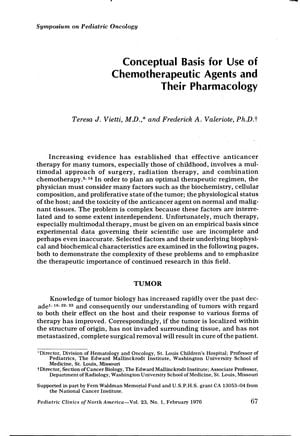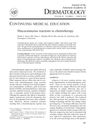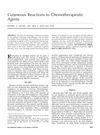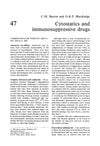Conceptual Basis for Use of Chemotherapeutic Agents and Their Pharmacology
February 1976
in “
Pediatric Clinics of North America
”

TLDR The conclusion is that effective cancer treatment often requires a combination of therapies, but must be carefully managed due to serious side effects and the risk of immunosuppression.
The document from 1976 provides a comprehensive overview of the use of chemotherapeutic agents in cancer treatment, particularly in pediatric oncology. It stresses the necessity of a multimodal approach, combining surgery, radiation therapy, and chemotherapy, and underscores the importance of understanding the tumor's biology and the patient's physiological status to optimize therapy. The paper discusses the pharmacology and toxicities of various chemotherapeutic agents, noting that bone marrow suppression is a common dose-limiting toxicity, and highlights the need for careful monitoring and dosage adjustments. It also presents a successful case study of a boy with Wilms' tumor treated with surgery, vincristine therapy, and radiation. The document concludes that while the number of effective anticancer agents is increasing, their use must be cautious due to significant side effects and the potential for immunosuppression, often requiring combination therapies.



